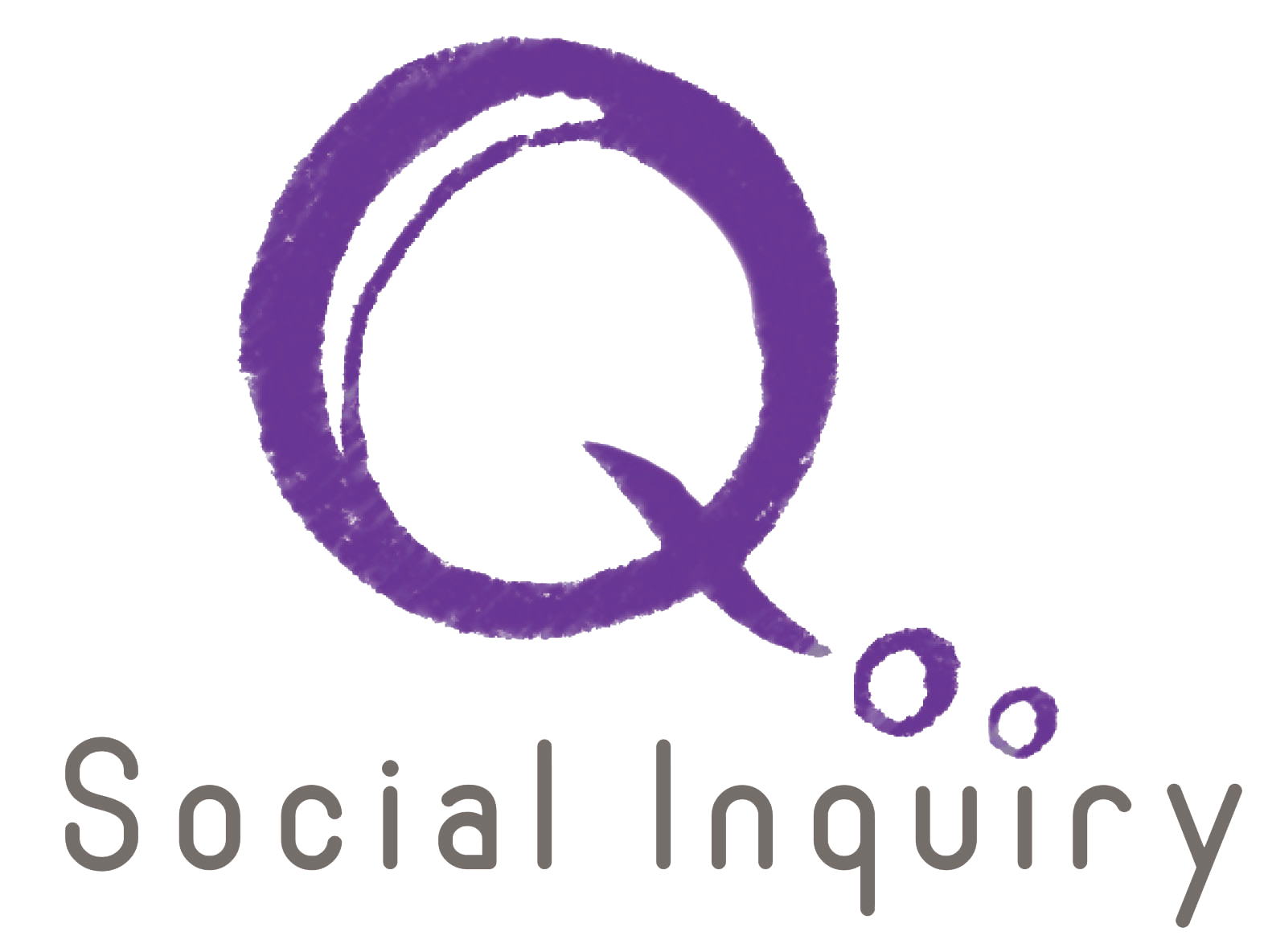How the ISIS conflict resulted in a loss of ethno-religious diversity in Mosul
It has been long commented how, in the last decade and a half, the city of Mosul has lost its ethnic and religious diversity. Between 2003 and 2013, before the takeover of ISIS, the small pockets of Christians, Kurds, and Shia groups (Shabak and Turkmen) were already gradually fleeing the second most populated city in Iraq due to sectarian violence. After they virtually all left in 2014, these minorities have not yet returned since ISIS was pushed out of the city.
As part of a project with the Overseas Development Institute, looking at the political economy of post-conflict aid , we recently carried out a quantitative assessment in Mosul. Interested in also knowing how people perceived their city, we added a question in the survey about the ethno-religious diversity of the city: we asked respondents to list all the population groups, including theirs, that used to live in their vicinity both before and after ISIS. (To note, the large majority of respondents were Sunni Arabs, which is the largest ethno-religious group in the city, but the sample also included some Shabak and Sunni Turkmen.)
The results for this set of questions can be seen in the figure above. In all neighbourhoods, we saw a decrease in the number of different ethno-religious groups present, according to residents. Some figures to illustrate this: while 47% of the respondents reported that there were Kurds living in their vicinity in Mosul before the conflict, now only 17% reported so. For the case of Christians, it went from about 10% to zero.
Mosul has definitely lost its diversity and the question now is not only how to recover it, but if the city will be able to do so.
